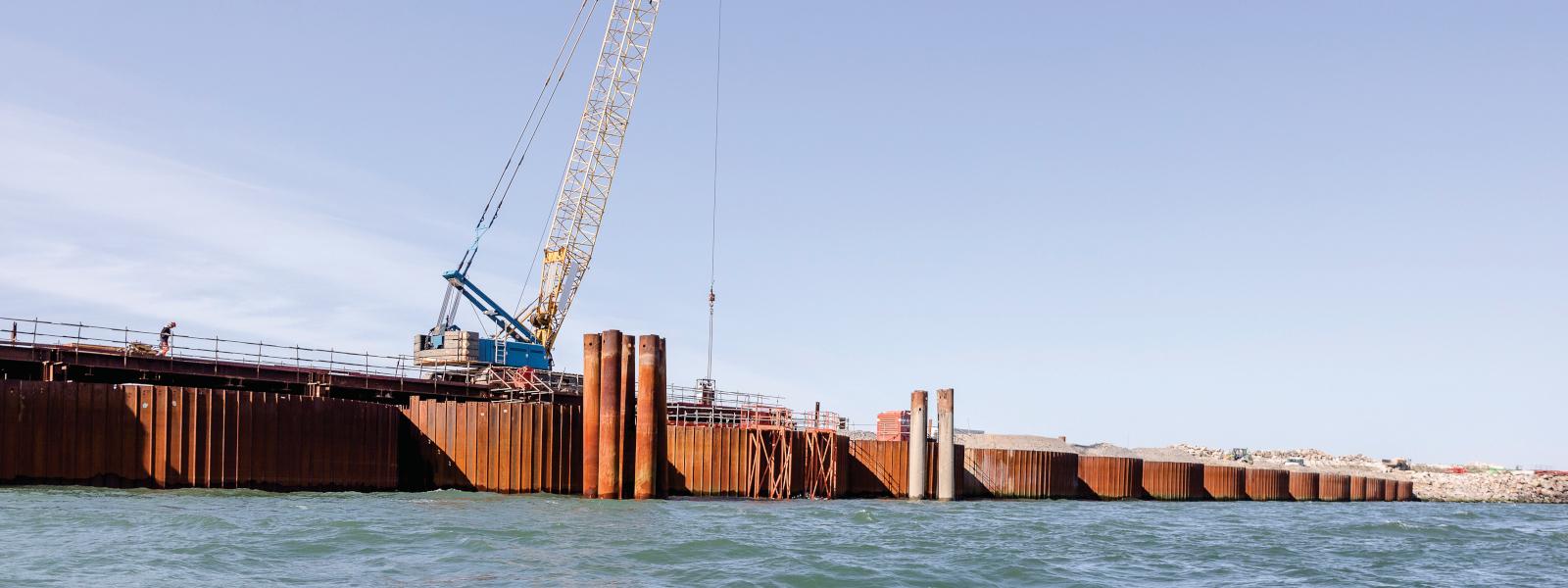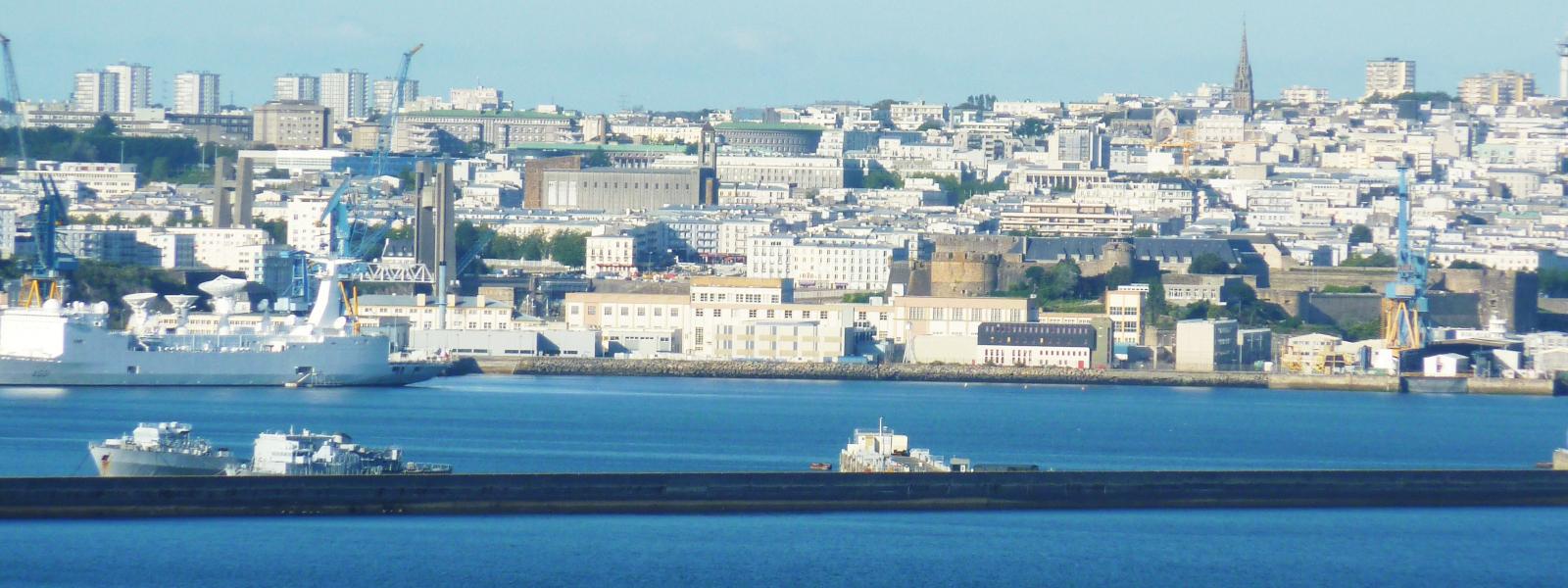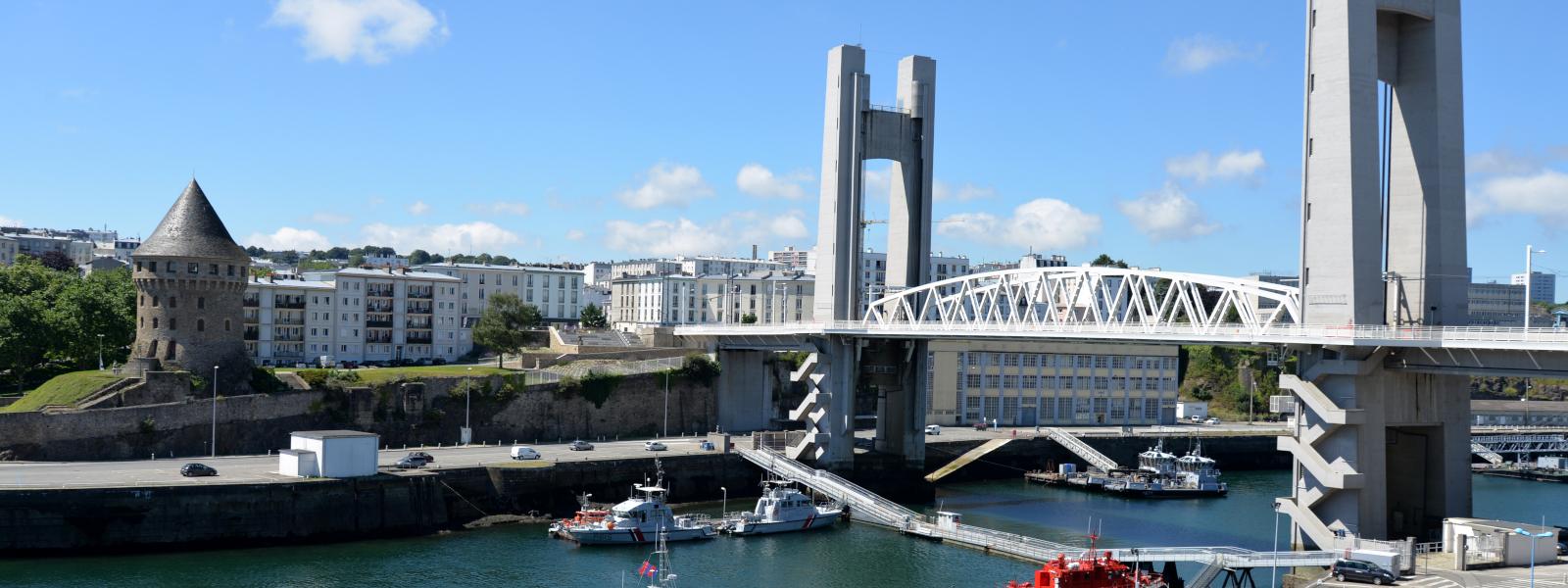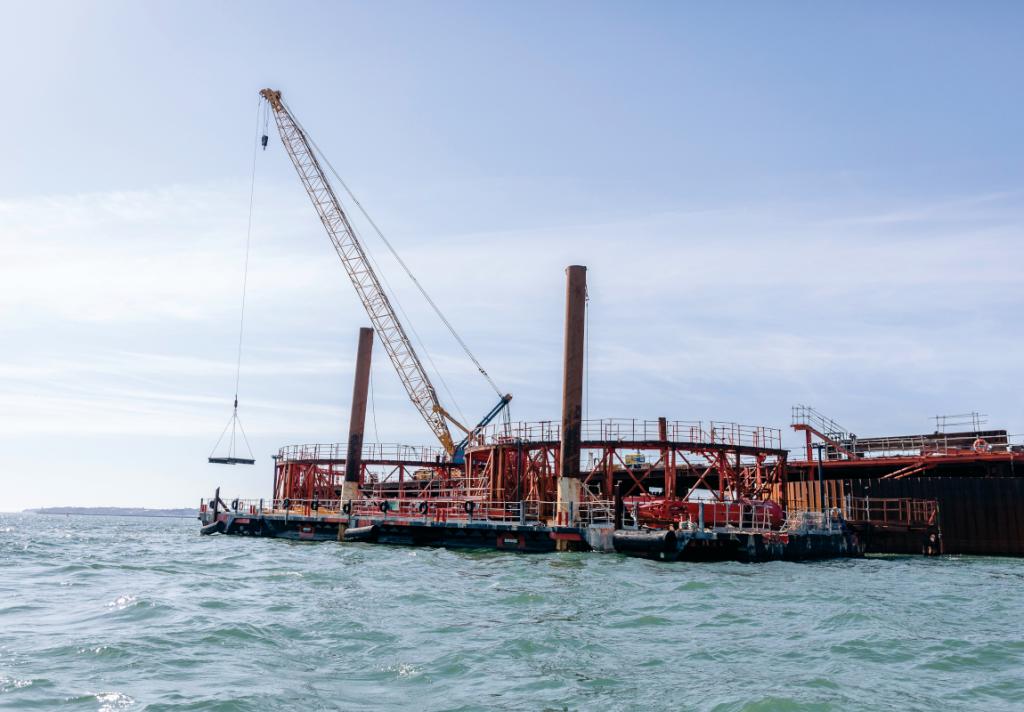Dyke for a new polder, FR | 2021
Development of port of brest through construction of enclosure dyke and gabion structure in brest
The Brittany Region has decided to develop the Port of Commerce in Brest by increasing commercial activity, improving maritime accessibility to eventually accommodate larger ships, and developing the surfaces of the current polder.
This development project includes both land and maritime work lots. The maritime work includes the construction of a 400-meter long dock with a draft of 12 meters and platforms for the lifting of heavy loads (10 t/m2), an enclosure dike to close a polder of approximately 14 hectares, dredging operations in the port, storage of excavated materials in the polder, and subsequent consolidation of the polder for exploitation loads suitable for the needs of future industries. The EMR quay works (lot M01) and the enclosure dike works (lot M02) were carried out in a first phase.




 English
English
 French
French



